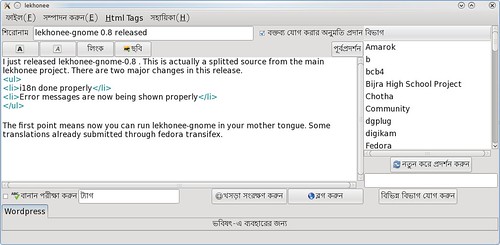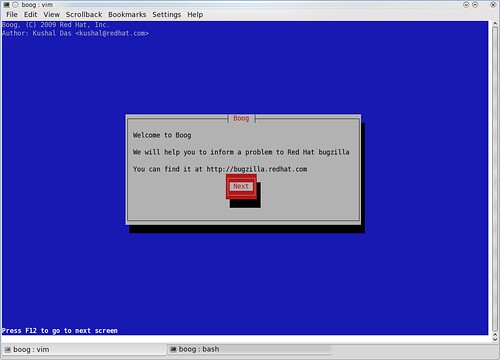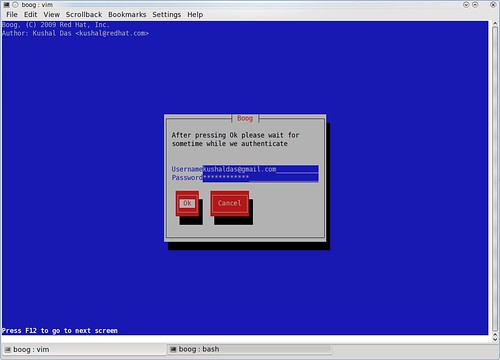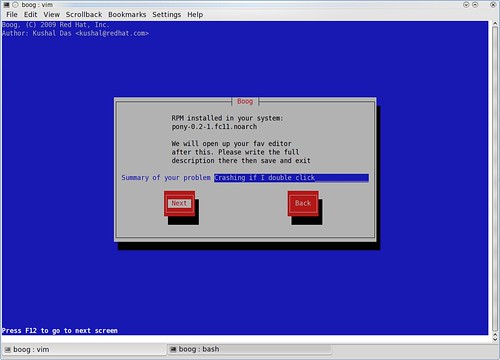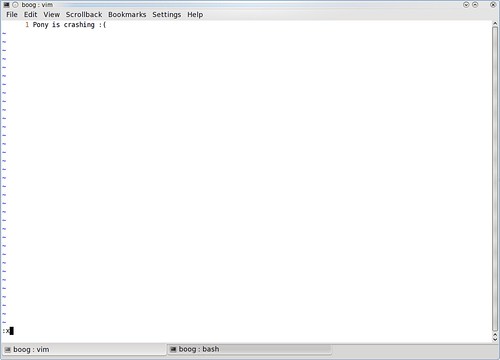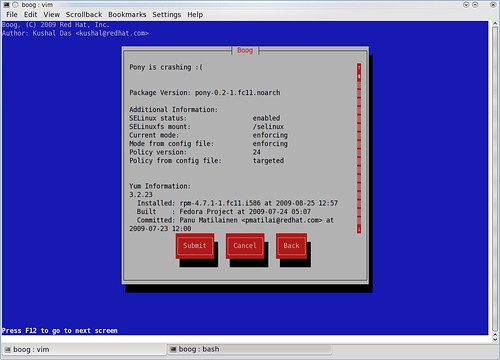Last week I was in IMPS Malda doing a Fedora workshop. The event page can be found here.
Starting from Kolkata: I started from Kolkata on Sunday 11th October , 9:30pm Gour Express to Malda. Harsh also started from Kolkata in the same train. Other team members (Ratnodeep, Meejan and Kishan) were supposed to join us from Burdwan station after midnight, they booked tickets in different compartment. The journey was smooth. Reached Malda Town just after 6am. Found the college car , it dropped me to the hotel, rest of the team went directly to the college, they stayed in the college hostel.
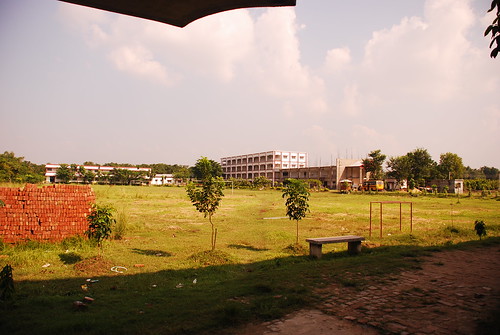
First Day (12th Oct) : The car picked me up around 8:45am, reached college within 9:10am. The college is in a remote place, not many options for travel. We divided the students in groups according to their year. The days were divided into two sessions. First day it was for 4th year IT in the first half and 3rd year IT dept in the second half. We got a computer lab with around 30 computers , all had F11 installed. Only problem was no internet connection, so we couple of the items from the list.
I started speaking about Free Software in general and few lines about communication and project works. After me Ratnodeep spoke about Fedora for few minutes. After that all 4 of them spoke about different projects they work on and how they started. Then we started with Python. They took it fast but indentation made them confused as they mostly write everything form the first char in every line. Used the projector provided to demo few lines and then was asking to solve small small problems. Like many other final year batches I saw in different colleges, they also almost lost their programming skills. Went out to the college hostel for lunch.
Started the second half at around 2:20pm. These 3rd year students seem to be in far better state. They were fast and much more accurate in solving problems. We even found couple of students who don't do lab works much but solved the problems we gave faster than others. This batch is having couple of good people including 2-3 girls. They can do far better if they wish :).
The day ended around 3:50pm as the college bus was supposed to leave the campus by 4pm. I came back to hotel and slept early.
Day 2 (13th Oct): The day started as usual , reached college by 9am. 4th year IT was in the first session. We did vi tutorials and gave demo of git. Showed them how they can work on different kinds of projects within Fedora, also demoed PyQt and PyGtk apps. There was also a small part Django , we demoed the ORM in particular. Students really liked the Django ORM :)
After the lunch we started with 2nd year IT students. They just learned writing their first few programs using C in the last semester and they are learning Data Structure in this semester. So when we demoed how easy it is to implement different DS they are learning, their faces were bright. They had some real fun with python. For them using Fedora and doing lab works in gcc and then solving the same problems using python was fun. As I thought earlier many times, using python to learn how to solve problems seems to be much easier than teaching them the syntax of C and then problem solving. Don't know why the colleges still follow this old rule of teaching C as the first/primary programming language.
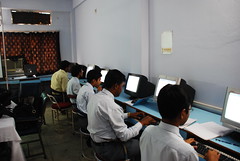

Day 3 (14th Oct): It started with 3rd year IT students. We finished python bits first then went into vi and other things. This session went a bit longer 9am-1pm. We discussed things on how to choose projects and how they can go forward to become a contributor. The join page always helps. In the second half we spend more time with the 2nd year It students and python.

During 3 days we saw people enjoying solving problem, we saw teachers fall in love with python after attending the workshop. Some students brought their laptops and installed Fedora. As I do always, I asked them to use Fedora in a regular basis, not only for programming but also for daily life usage. The event went very smoothly due to help from their IT HoD Manasija Bhattacharya and Arup.

But we can all this a success only when I can see students coming back to the community and start contributing. I have good hope. The teachers there are also going to play a big role in this along side the college management. They should encourage the students in positive way.
You can view all the pics here.
Sunset in IMPS

We came back in Gour Express again up to Burdwan station , it reached there at 2:45am, stayed awake in the station to catch the first train to Durgapur at 4:10am, finally reached home at 6:30am and slept for few hours and started again for the journey to my college. But that is another story and will come in another post.
The post is brought to you by lekhonee v0.7
